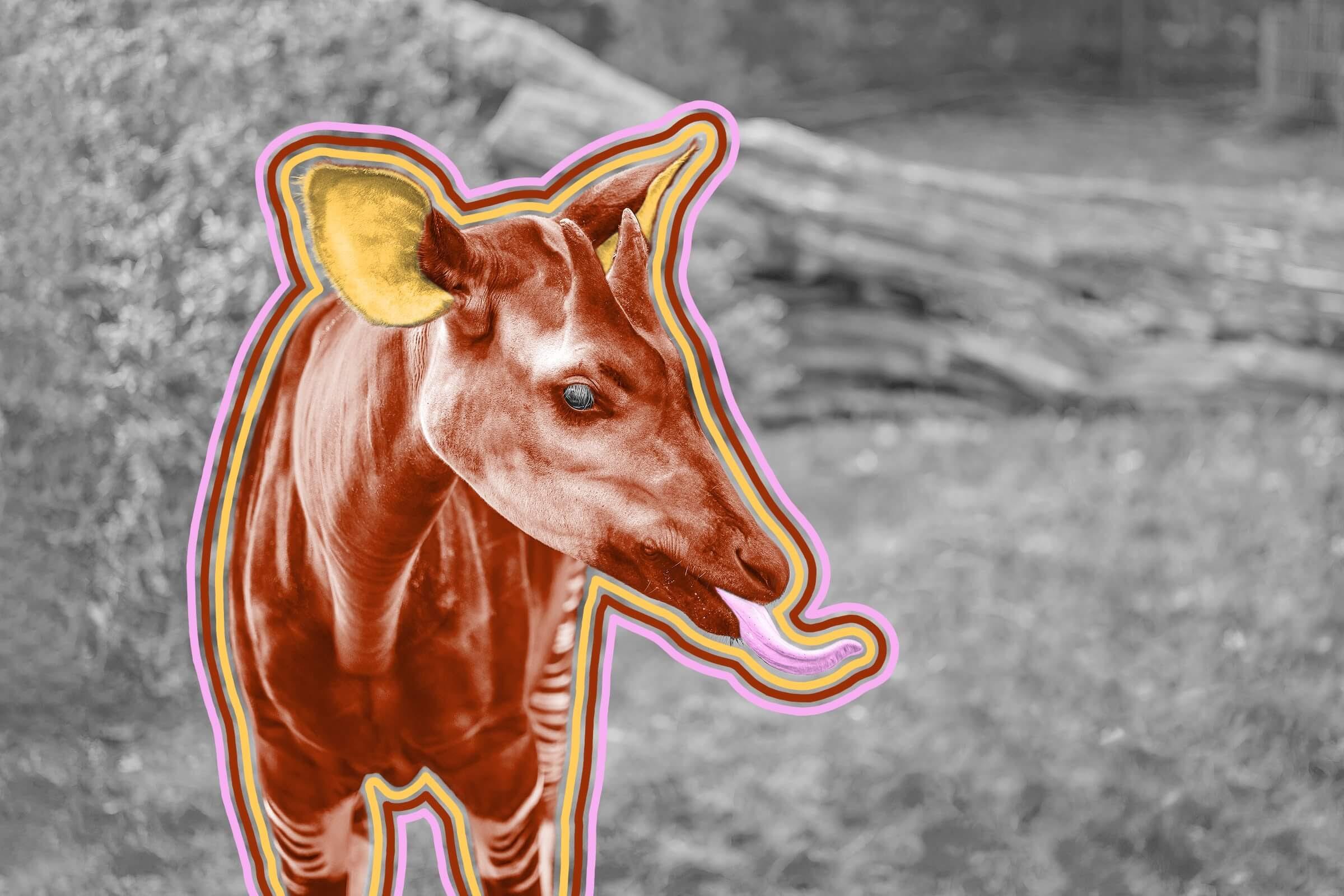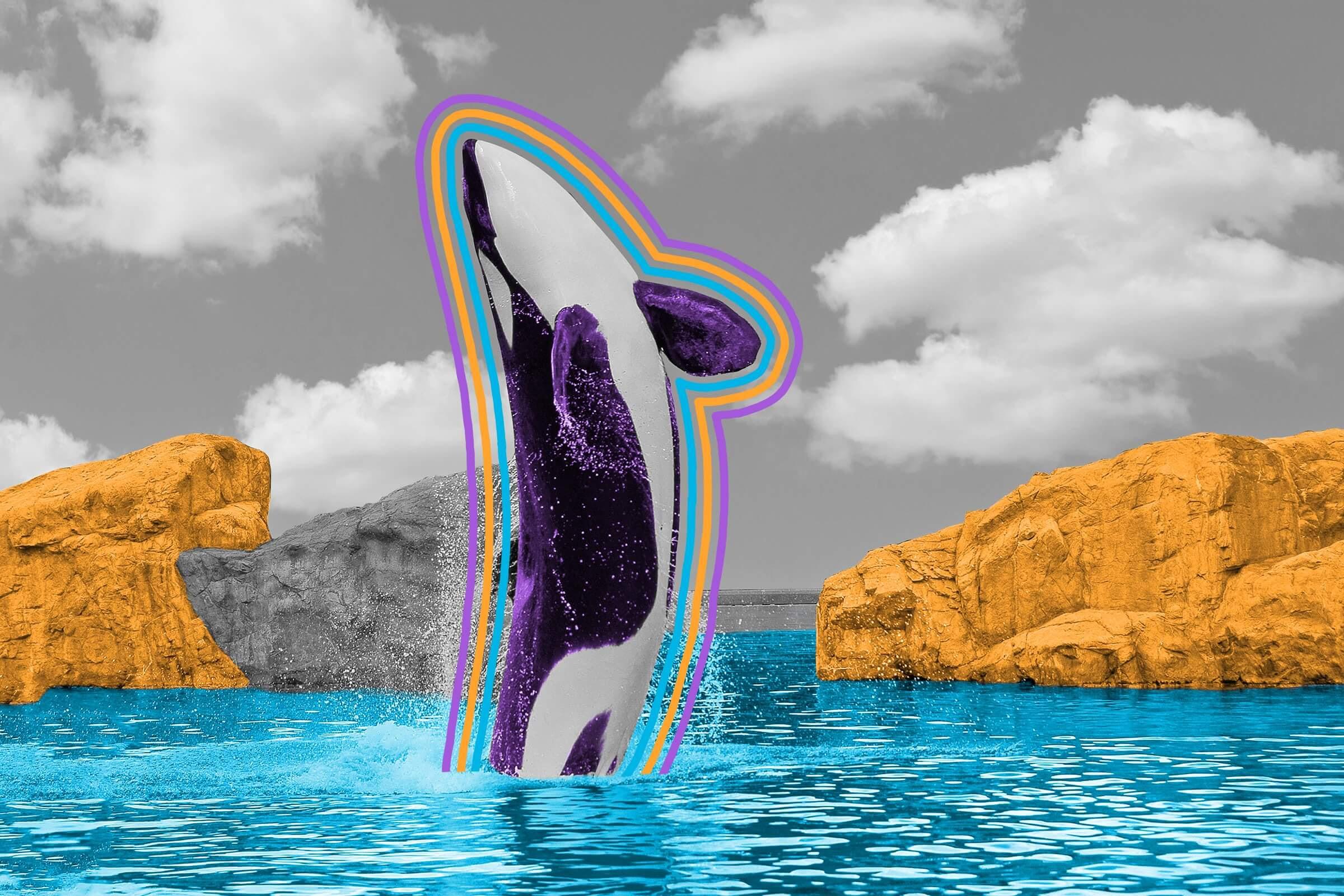POWER AND LIGHT
When the power goes out, modern life shuts down instantly. Most people do not realize how much they depend on electricity until it disappears. Lights, heat, cooking, communication, refrigeration, everything stops. That is why having backup power and light is one of the most important parts of preparedness.
Why Blackouts Are More Dangerous Than People Think
A blackout is not just an inconvenience. It affects your ability to stay warm, safe, and informed. After a few hours, food begins to spoil. After a day, communication becomes difficult. After a few days, people start panicking. A simple power outage can turn into a real emergency if you are not ready.
How To Stay Lit During A Blackout
Start with basic lighting. Flashlights, lanterns, and headlamps should be in every home. Keep extra batteries stored in a cool place. Solar powered lights are even better because they recharge during the day. You can leave them in a window, charge them outside, and have free light at night. Candles are a backup option but use them carefully to avoid fires.
How To Stay Powered
Small power banks are one of the easiest tools you can own. They keep your phone alive so you can call for help, get updates, and stay connected. Bigger power stations can run small appliances, charge multiple devices, and power lights for hours. Solar chargers and foldable solar panels let you generate electricity with no fuel. This gives you unlimited power as long as the sun exists.
Generators
A generator is a strong backup option if you can afford one and store fuel safely. Gas and propane generators work well but they need proper ventilation. Never run them indoors. Always store fuel in approved containers and rotate it every few months. If you choose to use a generator, have a clear plan for where it sits, how it runs, and who is trained to use it.
Staying Warm In Cold Weather
Heat is critical. In winter blackouts, people can freeze inside their homes. Keep warm blankets ready. Have winter sleeping bags even if you are not camping. Hand warmers and body warmers help at night. If you have a wood stove or fireplace, always keep dry wood nearby. Staying warm is not luxury. It is survival.
Rotating And Maintaining Your Gear
Power gear needs maintenance. Charge your power banks every month. Test your solar lights. Run your generator every few weeks. Keep batteries fresh. A blackout is not the time to find out something does not work. When you maintain your gear, you know it will work the moment you need it.
A blackout tests how prepared someone really is. When you have light, power, warmth, and a way to communicate, the situation becomes manageable. When you have nothing, a simple outage becomes a crisis. This module gives you the tools to stay in control when the grid goes down.
When the power goes out, modern life shuts down instantly. Most people do not realize how much they depend on electricity until it disappears. Lights, heat, cooking, communication, refrigeration, everything stops. That is why having backup power and light is one of the most important parts of preparedness.
Why Blackouts Are More Dangerous Than People Think
A blackout is not just an inconvenience. It affects your ability to stay warm, safe, and informed. After a few hours, food begins to spoil. After a day, communication becomes difficult. After a few days, people start panicking. A simple power outage can turn into a real emergency if you are not ready.
How To Stay Lit During A Blackout
Start with basic lighting. Flashlights, lanterns, and headlamps should be in every home. Keep extra batteries stored in a cool place. Solar powered lights are even better because they recharge during the day. You can leave them in a window, charge them outside, and have free light at night. Candles are a backup option but use them carefully to avoid fires.
How To Stay Powered
Small power banks are one of the easiest tools you can own. They keep your phone alive so you can call for help, get updates, and stay connected. Bigger power stations can run small appliances, charge multiple devices, and power lights for hours. Solar chargers and foldable solar panels let you generate electricity with no fuel. This gives you unlimited power as long as the sun exists.
Generators
A generator is a strong backup option if you can afford one and store fuel safely. Gas and propane generators work well but they need proper ventilation. Never run them indoors. Always store fuel in approved containers and rotate it every few months. If you choose to use a generator, have a clear plan for where it sits, how it runs, and who is trained to use it.
Staying Warm In Cold Weather
Heat is critical. In winter blackouts, people can freeze inside their homes. Keep warm blankets ready. Have winter sleeping bags even if you are not camping. Hand warmers and body warmers help at night. If you have a wood stove or fireplace, always keep dry wood nearby. Staying warm is not luxury. It is survival.
Rotating And Maintaining Your Gear
Power gear needs maintenance. Charge your power banks every month. Test your solar lights. Run your generator every few weeks. Keep batteries fresh. A blackout is not the time to find out something does not work. When you maintain your gear, you know it will work the moment you need it.
A blackout tests how prepared someone really is. When you have light, power, warmth, and a way to communicate, the situation becomes manageable. When you have nothing, a simple outage becomes a crisis. This module gives you the tools to stay in control when the grid goes down.
POWER AND LIGHT
When the power goes out, modern life shuts down instantly. Most people do not realize how much they depend on electricity until it disappears. Lights, heat, cooking, communication, refrigeration, everything stops. That is why having backup power and light is one of the most important parts of preparedness.
Why Blackouts Are More Dangerous Than People Think
A blackout is not just an inconvenience. It affects your ability to stay warm, safe, and informed. After a few hours, food begins to spoil. After a day, communication becomes difficult. After a few days, people start panicking. A simple power outage can turn into a real emergency if you are not ready.
How To Stay Lit During A Blackout
Start with basic lighting. Flashlights, lanterns, and headlamps should be in every home. Keep extra batteries stored in a cool place. Solar powered lights are even better because they recharge during the day. You can leave them in a window, charge them outside, and have free light at night. Candles are a backup option but use them carefully to avoid fires.
How To Stay Powered
Small power banks are one of the easiest tools you can own. They keep your phone alive so you can call for help, get updates, and stay connected. Bigger power stations can run small appliances, charge multiple devices, and power lights for hours. Solar chargers and foldable solar panels let you generate electricity with no fuel. This gives you unlimited power as long as the sun exists.
Generators
A generator is a strong backup option if you can afford one and store fuel safely. Gas and propane generators work well but they need proper ventilation. Never run them indoors. Always store fuel in approved containers and rotate it every few months. If you choose to use a generator, have a clear plan for where it sits, how it runs, and who is trained to use it.
Staying Warm In Cold Weather
Heat is critical. In winter blackouts, people can freeze inside their homes. Keep warm blankets ready. Have winter sleeping bags even if you are not camping. Hand warmers and body warmers help at night. If you have a wood stove or fireplace, always keep dry wood nearby. Staying warm is not luxury. It is survival.
Rotating And Maintaining Your Gear
Power gear needs maintenance. Charge your power banks every month. Test your solar lights. Run your generator every few weeks. Keep batteries fresh. A blackout is not the time to find out something does not work. When you maintain your gear, you know it will work the moment you need it.
A blackout tests how prepared someone really is. When you have light, power, warmth, and a way to communicate, the situation becomes manageable. When you have nothing, a simple outage becomes a crisis. This module gives you the tools to stay in control when the grid goes down.
0 Comentários
0 Compartilhamentos
2713 Visualizações






